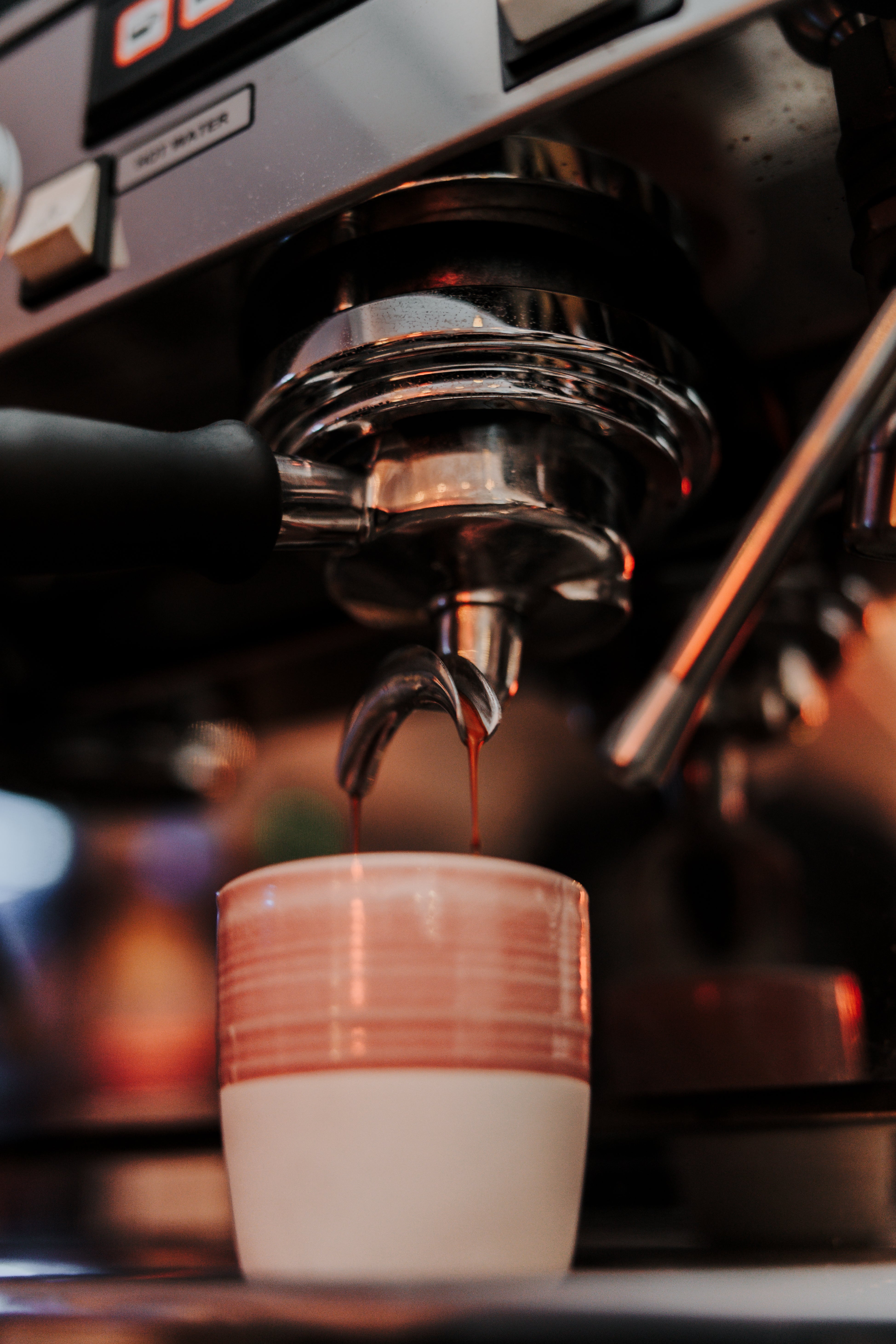How Water Quality Affects Coffee Taste (and What You Can Do About It)
Published by Salford Roasters
Table of Contents
- Why Water Matters in Coffee
- What Makes Water 'Good' for Coffee?
- Hard Water vs Soft Water: The Facts
- How to Test Your Water Quality
- Treatment Options: What You Can Do
- Filtering and Maintenance Tips
- Summary and Action Points
Why Water Matters in Coffee
Coffee is around 98% water. So, it’s no surprise that the water you use has a major influence on flavour. Even the finest beans from Salford Roasters will taste flat, bitter or metallic if brewed with the wrong water. In short: poor water equals poor coffee.
What Makes Water 'Good' for Coffee?
Good brewing water should have:
- Balanced mineral content – specifically calcium and magnesium, which help extract flavour compounds.
- Low chlorine – chlorine and chloramine can make coffee taste like a swimming pool.
- Neutral pH – around 7 is ideal. Too acidic or alkaline can interfere with flavour clarity.
- Clean and odour-free – if your tap water smells odd, so will your brew.
Speciality coffee experts often refer to the SCA Water Standards. These recommend:
- Total Hardness: 50–175 ppm (as CaCO₃)
- Alkalinity: 40 ppm
- pH: 6.5–7.5
- TDS (Total Dissolved Solids): 75–250 ppm
Hard Water vs Soft Water: The Facts
Hard water is rich in minerals like calcium and magnesium. It can improve flavour extraction but cause scale build-up in machines, affecting lifespan and consistency.
Soft water has low mineral content. While it’s gentler on machines, it can produce underwhelming coffee with muted flavours.
In the UK, water hardness varies drastically by region. For example:
- Manchester: Soft to moderately soft
- London: Very hard
- Scotland: Generally soft
How to Test Your Water Quality
There are a few ways to check your water quality:
- Use a TDS meter – these are cheap and give a quick total dissolved solids reading in ppm.
- Order a water testing kit – these test for pH, hardness, chlorine, and more.
- Ask your water supplier – most provide a downloadable water quality report based on your postcode.
If you're using a domestic espresso machine or batch brewer, these readings will help you prevent scale damage and improve flavour.
Treatment Options: What You Can Do
Depending on your results, you have a few options:
- Carbon water filters – remove chlorine and odours. Cheap and widely available.
- Water softening cartridges – reduce hardness, commonly used in espresso machines.
- Reverse osmosis (RO) – advanced filtration for total control, but expensive and bulky.
- Bottled water – choose low mineral content (like Tesco Ashbeck or Waitrose Essential) as a quick fix.
- Third-party brewing water – pre-formulated packets like Third Wave Water add precise minerals to distilled water.
Filtering and Maintenance Tips
Whatever system you use, regular maintenance is essential:
- Change filters regularly – usually every 2–3 months depending on use.
- Descale machines – especially in hard water areas. Frequency depends on usage, but every 3–6 months is a good rule of thumb.
- Use filtered water for rinsing and steaming – not just brewing.
If you're using a Sage, La Marzocco or similar machine, follow the manufacturer’s guidance for water and descaling to maintain your warranty.
Summary and Action Points
Great coffee starts with great water. Here’s a recap:
- Test your tap water using a kit or TDS meter
- Aim for water that is clean, odourless and within the SCA’s suggested range
- Use carbon filters or softeners to improve flavour and protect your kit
- Stay on top of descaling and filter changes to keep everything running smoothly
- If in doubt, use bottled or mineral-balanced water for consistency
Still unsure? Drop us a message. We’re happy to advise based on your set-up and location.
Want to Brew Better Coffee?
Browse our fresh roasted beans and get more brewing tips on The Brew Room blog.

